Even the “World’s Worst” Invasive Species Often Aren’t Actually Bad
Kudzu? Purple loosestrife? Tamarisks? Wild boar? Zebra mussels? All pretty OK!
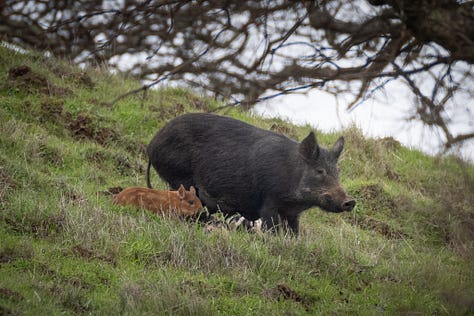
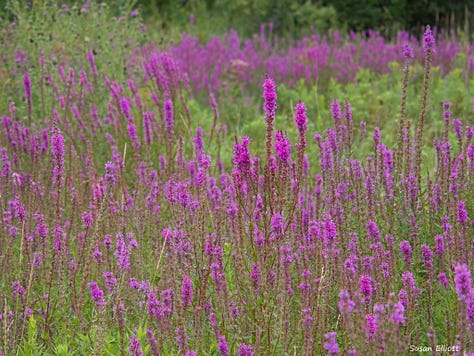

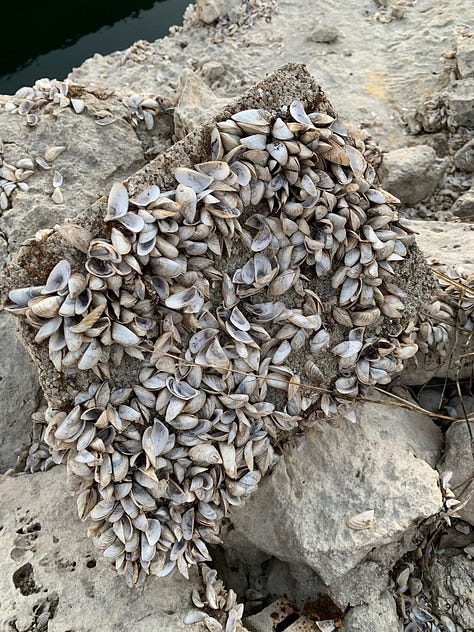
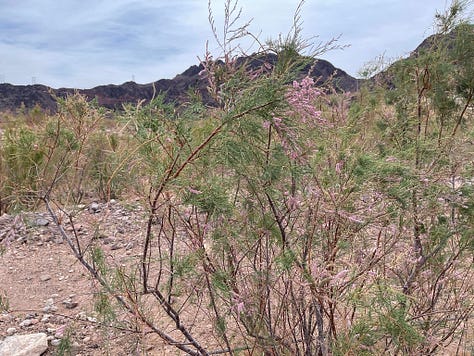

In 2000, the International Union for the Conservation of Nature compiled a list called “100 of the World's Worst Invasive Alien Species.” Here it is on Wikipedia. After reviewing more recent scientific literature over the last few years, I think that it’s important to note that substantial new evidence has arisen that many, if not most, of the “World’s Worst” invasive species on that least have actually turned out to be harmless or even beneficial to their adopted ecosystem.
To be fair, there are several species on the 2000 IUCN list that are genuinely really harmful. But they’re mostly disease species, like avian malaria, chestnut blight, Dutch elm disease, and chytrid fungus. Disease epidemics are bad, but they’re really not quite the same thing as “invasive species” as commonly understood.
Also, very small islands are a special case: they’re so small that a few rats or cats can wipe out an entire seabird nesting ground, or even an entire endemic species like the flightless Lyall’s wren. But on continents, with enough time and space for native species to move around, adapt, and find new ways of coexisting, more and more research is showing that a new equilibrium can be reached.
Most of the “World’s Worst” list consisted of non-disease plants and animal species on continents. And seemingly everywhere I looked more closely for one of these “invasive” species, I found that a wide array of new data has come out showing that they were unfairly maligned as harmful, and may even have positive impacts. In many cases, they were deemed “World’s Worst” simply because they had very noticeable impacts, because they did well or spread fast or changed the landscape around them. We’re not used to biological abundance, or the ups and downs and churning change of flourishing ecosystems! All over the world, after a few decades of their presence gave a broader perspective, the case that these “invasive” species’ impacts were “bad” started to fall apart. Here’s a by-no-means-exhaustive list.
The purple loosestrife, Lythrum salicaria, is commonly described as “displacing” native species and creating “monocultures.” There are dozens of studies and mapping and eradicating purple loosestrife “infestations,” but most of them seem to take the idea that it’s damaging for granted. However, some studies have found that purple loosestrife “invasions” are correlated with increased biodiversity of native plants! It seems likely that they’re just unusually good at surviving in polluted and disturbed waters so it sometimes looks like they’ve taken over when they’re actually just the “last ones standing.” Even so, a Nature article in 2022, while acknowledging these exact studies, described a project on mapping purple loosestrife with the title “Mapping the purple menace.” Based on…habit, apparently? It’s not a menace! It’s a pretty purple flower that’s unusually good at surviving!
Soapbush, Clidemia hirta, also made the “World’s Worst” list. As I learned from personal experience, and these papers discuss formally, it’s also become a vital food source sustaining a critically endangered primate species, the greater bamboo lemur (Prolemur simus). I suspect that there are many, many similar cases in other parts of the world where it’s stigmatized as “invasive.”
Zebra mussels (Dreissena polymorpha) were described for years as a “scourge” colonizing the bottoms of the Great Lakes, but turned out to be excellent at filtering and clearing the water. Less murk made it easier to alewives (a fish) to hunt shrimp, which in turn led to more alewives for salmon to eat, boosting the lakes’ salmon populations.
Japanese knotweed, Reynoutria japonica, is a plant I’ve often seen serve as a food source for native bumblebees in Maine. It’s also been widely deemed “destructive” to homes and other structures (to the point where its presence can sometimes lower a property’s value!), and expensively attacked with herbicides. But an exhaustive research project by the University of Leeds and global infrastructure company AECOM found no evidence at all that the species caused significant damage to buildings!
An impressive twofer here: the Caribbean tree frog, or coquí (Eleutherodactylus coqui), is native to Puerto Rico, but “invasive” in Hawaii. However, they’ve become endangered in their homeland Puerto Rico when farms replaced forest in the 20th century, so the Hawaii population is pretty good from an extinction-prevention standpoint. And where the frogs do survive in their homeland of Puerto Rico (forest cover’s increasing now), they overwhelmingly prefer to live in groves of another “World’s Worst” invasive species that has “invaded” Puerto Rico, the African tulip tree (Spathodea campanulata), which is now hosting a lovely “novel ecosystem” mix of original and immigrant Puerto Rican species! So if you Thanos-snapped your fingers and got rid of all “invasive species,” as is theoretically a conservation goal, you’d probably wipe out this frog both at home and abroad!
Prickly pear cacti (genus Opuntia) are native to the Americas, but have been introduced everywhere from Europe to Africa to Australia to Hawaii to Madagascar. However, experience has shown that prickly pear can be fairly easily controlled by introducing some cactus-eating insects from its homeland-although this isn’t always a good thing for people and ecosystems nearby. In the drylands of southern Madagascar, Opuntia cacti were first introduced by the French in the 1700s, but ending up becoming so useful to the local Malagasy peoples (both as a foodstuff and as spiny living fortifications) that a French botanist ended up introducing cactus-eating cochineal insects in the 1920s, devastating the cactus-based landscape and making their rebellious colony easier to control. In a happier story, big swathes of Australia were overrun by prickly pear in the late 1800s and early 1900s, until local scientists released Cactoblastis moths from South America, which acted as a super-effective biological control agent, leading to the building of the wonderfully named Cactoblastis Memorial Hall by grateful Queenslanders. (These moths have also proven useful at controlling prickly pear in Africa and the Caribbean, and are now viewed as an invasive threat themselves in North America!).
Tamarisks (genus Tamarix), aka salt cedar trees, are from Central Asia and were intentionally introduced in the U.S. for erosion control in the 1800s. By the 1900s, they were “monstered” as a water-hogging “thirsty, evil weed” in the American Southwest, in part because of a mining company’s successful campaign to claim that eradicating “foreign” tamarisks would produce “extra” water that they could use. In reality, tamarisks have actually settled in nicely to the local ecosystems, and are no more “thirsty” than native plants. They’ve become common in large part because they’re extra-good at adapting to human-caused disturbances, like changed flooding patterns in the wake of dams. The return of beaver dams, plus the introduction of a tamarisk-eating beetle as a biological control agent, has helped forge a new balance. And as with many if not most vilified “invasive” species, they have substantial positive effects: the endangered southwestern willow flycatcher nests in tamarisks, which sometimes can survive in parts of the desert where native plants cannot.
Cane toads (Rhinella marina) were intentionally introduced to Australia to eat cane grubs. But they eat lots of other things as well, and spread rapidly. Plus they’re poisonous, so local Australian marsupial, bird, and reptile predators died after eating them, leading to mass vilification and unsuccessful extermination attempts as a prototypical “invasive species.” However, after a few decades, the ecosystem seems to be establishing a new normal with cane toads included. No species have been recorded to go entirely extinct due to cane toads. In fact, native Australian water rats and kites have learned new behaviors to prey on cane toads while avoiding the poisonous shoulder grands. Red-bellied blacksnakes appear to have evolved some resistance to their poison. The toads have adapted to their new home as well, with “Australian cane toad” populations having tougher skins that lose less water. Furthermore, clever and compassionate Aussie conservationists are using a wide array of creative techniques to speed up native species adaptation to cane toads’ integration into the local ecosystem without resorting to mass cullings. Some teams are feeding crocodiles and quolls bits of cane toad meat laced with nausea-inducing chemicals to teach them not to eat the real (deadly) thing. Biologist Georgia Ward-Fear is actually preemptively releasing “teacher” cane toad tadpoles in areas likely to soon see a big influx of “invasive” cane toads. The tadpoles and young toads aren’t as poisonous as adults, so local predators can eat some, get sick but not die, and learn to avoid the species in the future1.
Wild boar (Sus scrofa), which heavily hybridize and overlap with feral pigs, are an iconically “invasive” species in the Americas and Australia. But really, the rise of giant wild hog populations we’re seeing in the American Midwest (to the accompaniment of panicky invasive-species scare headlines) is just a sign that America is still recovering from its near-extermination of its local predators in the 20th century. Where there are sufficient large local predators, they tend to benefit the local ecosystem and form a new, more species-rich and more predator-populated equilibrium. (Plus, the long term effects of hogs rooting and scuffling around in the soil benefit plant diversity!)
In Australia, feral pigs have become a key component of the diet of saltwater crocodiles in the Northern Territory, and likely played a key role in the crocodiles’ epic resurgence from near-extinction in the 1970s to widespread thriving today. In South America, jaguars and pumas seem to prefer feral pigs as prey, which helps keep the “invasive” species population low enough to find a new ecological equilibrium while potentially aiding local jaguar populations to rebound. In Florida, feral pigs are a key part of the diet of the endangered Florida panther population (a cougar subspecies), with one panther biologist saying that the presence of “hogs” might well have saved the panther from extinction. The American Midwest doesn’t have a wild hog problem, it has a “not enough jaguars, wolves, and pumas” problem! (And yes, jaguars once ranged as far as Pennsylvania).
Eastern gray squirrels (Sciurus carolinensis) get a lot of flak for out-competing European red squirrels in Britain; they’re more comfortable with humans, faster-breeding, and generally tougher. But as with the wild boar, it looks like this is just a “waiting for the predators to be reintroduced/catch up” issue: red squirrel populations in Scotland have now stabilized thanks to the comeback of the pine marten, a local European predator that seems to preferentially prefer on gray squirrels (probably because they didn’t evolve alongside it and have fewer countermeasures). So the net result here is that the British Isles have their original squirrels, plus new squirrels, plus more food for a classic predator!
The Indian myna bird (Acridotheres tristis) is reviled as an invasive species in Australia, dramatically named the “The Most Important Pest” in 2008. But studies have shown that they don’t actually interact with or displace native birds that much, despite the assumptions; they’re primarily just really good “passengers of habitat modification” that do well in cities and other human-dominated landscapes.
Gorse (Ulex europaeus) was deemed a horrible invasive species in New Zealand. Then one ecologist found that if it was just left alone, it eventually played a vital role in helping native plants regrow. Gorse is great at colonizing disturbed or degraded soils. It produces its own nitrogen, helping to enrich the soil, and provides new shelter for native plant seedlings, which then eventually grow taller than the gorse and shade them out. It’s less a weed, more the Giving Tree. Here’s a great article on gorse in New Zealand from
going more in-depth.The crab-eating macaque (Macaca fascicularis, a monkey) was listed on the 100 Worst Invaders in 2014 for its introduced populations in Mauritius and Pacific islands, but was actually declared an endangered species in 2020 due to population decline in its home range of Indonesia and Southeast Asia. It’s pretty good for the world that we have backup populations of this species!
And you may have noticed that even kudzu (Pueraria montana), once widely hyped as the “vine that ate the South,” doesn’t seem that fearsome anymore. In part, the legend of the monster kudzu was born because it grows very well on sunny roadsides, but doesn’t penetrate well into shady forests, giving a false impression to passersby of total ecosystem dominance. And now, even that faux-dominance is ending; a recent U.S. Forest Service survey found that kudzu in America only covers an area about one-sixth the size of Atlanta (an order of magnitude less than the figures in many news reports), much less than many other less-hyped species. Even the kudzu biomass in many of those sites has been decreasing since the Japanese kudzu bug showed up in the 21st century. It may spread further north due to warming weather, but that’s not really a problem; kudzu is now just one vine among many in the modern American South, not notably harmful. Another example of invasive species actually being fine once their predators restore equilibrium.
Keep in mind, these aren’t cherry-picked examples of “unusually good” invasive species turning out to bring substantial benefits after all. There are tons of other stories like that. The bulleted list above contains only examples from the hundred invasive species that the world’s premier conservation organization thinks are the worst!
I think that based on this, it’s reasonable to “shift our priors” to hold as a default assumption that, at least for non-disease species on continents, we should switch our starting assumption to be that invasive species are probably harmless-to-beneficial, even when widely described as a menace. The burden of proof needs to be on people claiming that newly arrived species are providing harm. And building on that, I’d just really like people to stop turning animals into villains! We should celebrate biological abundance, species success, and the rise of novel ecosystems and species community relationships, no matter where a particular species is “originally” from.
The Weekly Anthropocene has a lot more to say on this; stay tuned for further articles!
These cane toad facts are sourced from Bethany Brookshire’s excellent recent book entitled Pests: How Humans Create Animal Villains, which really deserves a full review of its own. Check it out!




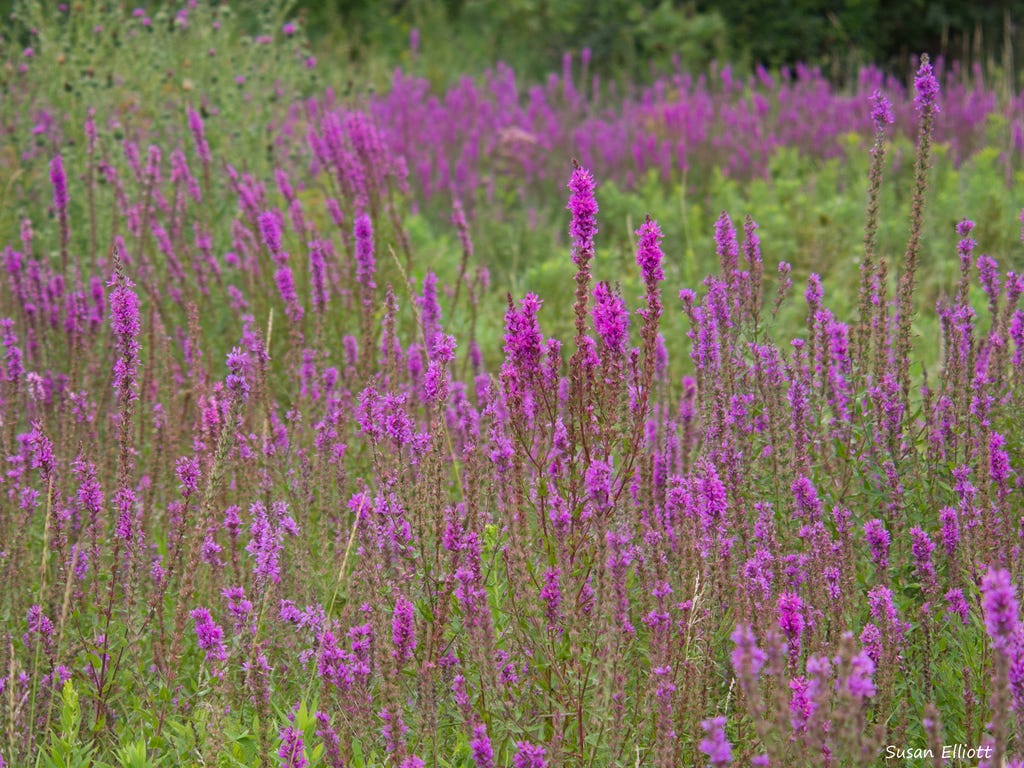
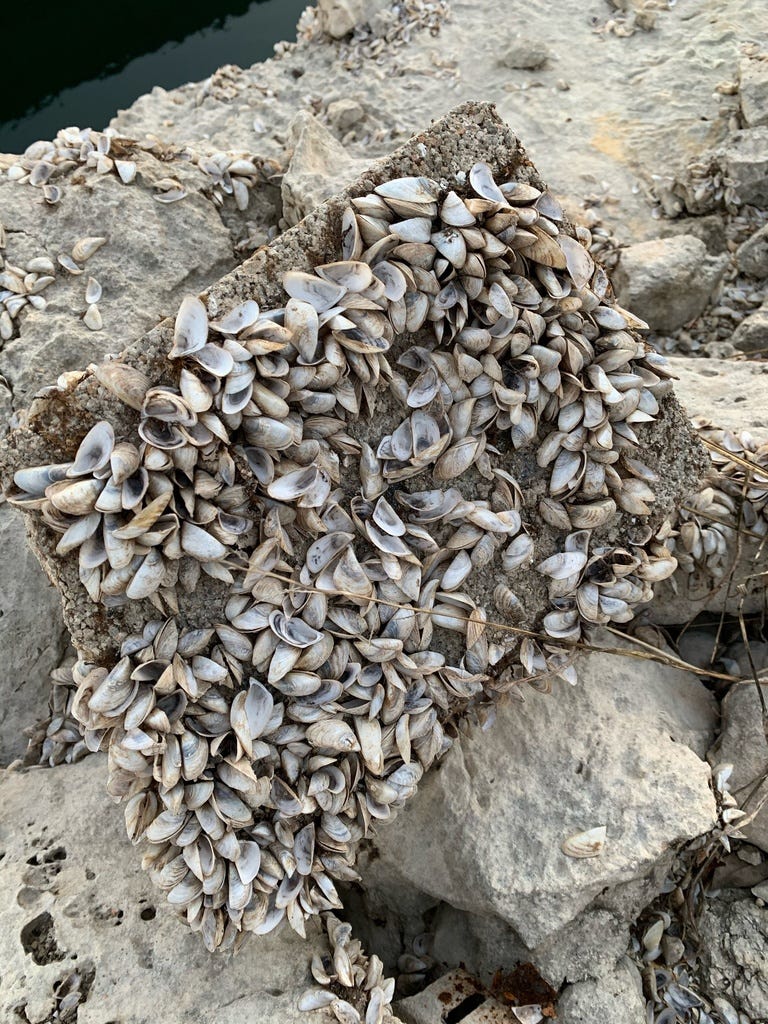
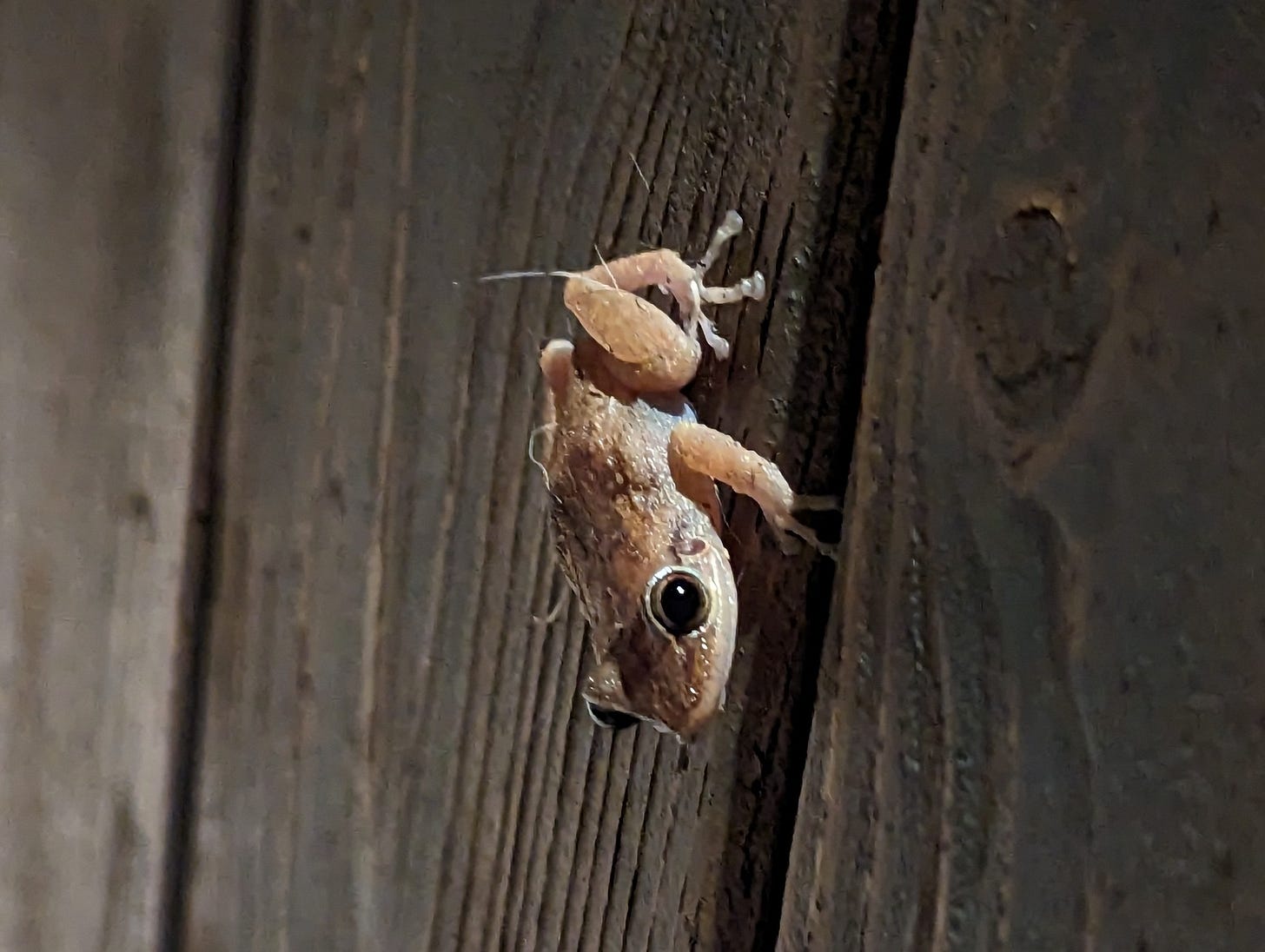
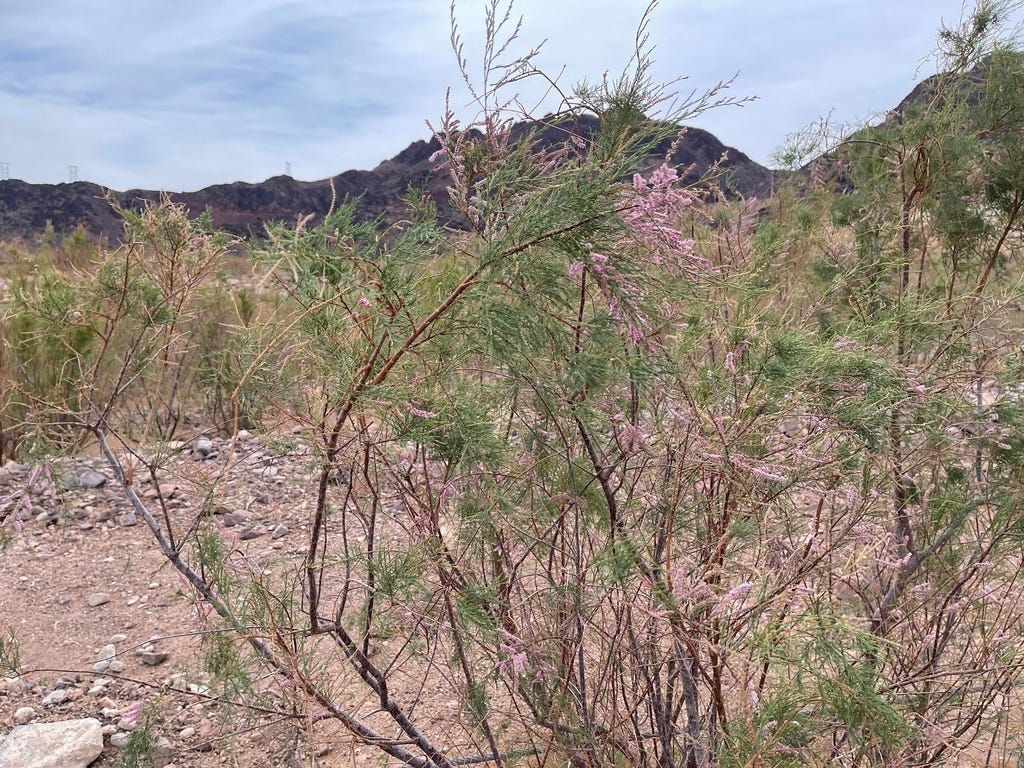



I really like that you’re looking for the positives. I think that’s important. And I’ll premise this argument saying that I think you’re doing great work with your newsletter. However, I have to disagree entirely with your post and I think the message is dangerous. It is widely documented, including by the Intergovernmental Panel on Biodiversity and Ecosystem Services (leading experts in biodiversity and ecosystem services that synthesise tens of thousands of peer-reviewed research) that invasive species are one of the five main drivers of biodiversity loss. And I premise this also with the fact I agree there are benefits to be gained from non-native species (note the ‘non-native’, not ‘invasive’ terminology here as it’s rare that an invasive species should be accepted without efforts to eradicate it) among their negative impacts, as shown in this paper: https://doi.org/10.1016/j.tree.2022.08.005.
While you’re not cherry picking example species, as you say, you are cherry picking impacts. i.e. You’re showing the positives but not documenting all the associated negatives of a species. The negative impacts of most of these far outweigh the positives that you are describing. Everything has a tradeoff. Of course there will be benefits of invasive species if you look carefully enough. e.g. If an invasive leads to the local extinction of one native that competes with another, the other native will benefit. So there’s a measurable benefit if you just focus on that. Ecological interactions are complex so you have to consider the whole system. For instance, the tamarisk providing habitat for willow flycatchers is a great co-benefit, but tamarisk also outcompete native cottonwoods in flow-modified rivers of the southwest. Cottonwood gallery forests are keystone ecosystems in the US southwest that are being lost and as a result many dependent species are also being lost. These really are oases in the desert. Tamarisk-based ecosystems are much less diverse.
I agree entirely that we should not be demonising such species. It’s not their fault. In New Zealand, we have a pretty unhealthy relationship with invasive species — they’re like an enemy of the state given the widespread effects they have on our forest ecosystems. Demonising them doesn’t help. But there’s no doubt they are extremely problematic.
Re: The zebra mussel example. Yes, they’re great at filtering the water and this has benefited salmon and salmon fisherman through the mechanism you outline, but they have had widespread impacts on native species, each of which provide fundamentally important ecosystem services in their own way. The resulting ecosystems are much more simple and as a result less resilient to stressors that will no doubt arise as the climate continues to change. If you read the transcript of the article you shared on this, they go on to say: “But does this mean that what this country really needs is more zebra mussel infestations? To paraphrase MacISAAC and every other invasive species experts in the country, heck no. First of all, the extra money these big salmons may be generating is but a speck compared to the billions worth of damage zebra mussels do every single year. Secondly, according to MacISAAC, these mussels produce waste that has been linked to all kinds of problems, including giant blooms of toxic algae.” — there are literally hundreds to thousands of peer-reviewed ecological studies demonstrating the negative consequences of zebra mussels on any number of ecological impacts including individual, population, community and ecosystem-level impacts. And these translate into billions of dollars of financial costs.
I won’t go on for each example, but you get the point.
Re: “I think that based on this, it’s reasonable to “shift our priors” to hold as a default assumption that, at least for non-disease species on continents, we should switch our starting assumption to be that invasive species are probably harmless-to-beneficial, even when widely described as a menace. The burden of proof needs to be on people claiming that newly arrived species are providing harm.” — I’m sorry, but this framing is flat out dangerous. The burden of proof should remain that we should prove they’re not harmful. Finally, I’ll note that this is an area I am actively working in: I am involved in a working group currently quantifying these impacts of invasive species globally, devising new synthetic metrics to do so and applying it to databases of thousands of studies with documented impacts.
I've always regarded this issue with a skeptical eye and I'm glad you're bringing some research to the table in support of an alternative viewpoint. I think we have to be pragmatic about this. We should always be careful to not deliberately introduce new species into ecosystems not adapted to it but once we find that's happened, we should ask how realistic it is to reverse the introduction, the costs involved and what it is we're actually risking if we don't take action. We shouldn't underestimate nature's ability to adapt and adjust itself, and realize, especially in the case of animal species, these are individual beings with individual lives we're talking about and not molecules of a noxious, inert chemical compound. Thinking in longer time scales than we usually do is also important. There are no more wild and pristine environments left in the world anymore, even if at the macro level that might be one's assumption, at the micro level traces of human influence are all too apparent. We must adjust our thinking and learn to manage things in a more holistic way.